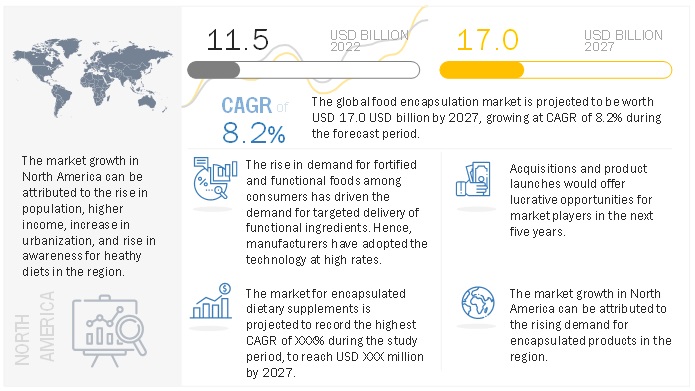The North American crop protection chemicals market is poised for significant growth, projected to reach USD 21.0 billion by 2029, up from USD 15.98 billion in 2024. This growth is anticipated to occur at a compound annual growth rate (CAGR) of 5.6% in terms of value.
North America, particularly the U.S., Canada, and Mexico, stands as a key region for the export of agricultural products, making it one of the largest consumers of crop protection chemicals. The market is largely driven by large-scale agricultural operations focused on exports, supported by a well-organized distribution chain and advanced farming practices.
Key Drivers of Market Growth
Several factors contribute to the expansion of the North American crop protection chemicals market:
- Fertile Soils and Land Resources: The region benefits from abundant land and fertile soils, enabling efficient agricultural operations.
- Availability of Water: Access to sufficient water resources ensures consistent crop production and growth.
- Entrepreneurial Farmers: North America boasts a high number of innovative and skilled farmers dedicated to adopting advanced agricultural practices.
- Efficient Infrastructure: Robust infrastructure facilitates smooth distribution and application of crop protection chemicals across vast agricultural landscapes.
For a comprehensive overview, download the PDF copy
Challenges Facing the Market
Despite these advantages, challenges remain, such as:
- Resource Optimization: There is a growing emphasis on managing and optimizing the use of natural resources like water and soil, which influences the demand for more sustainable crop protection solutions.
- Labor Costs: Increasing labor costs necessitate the development of more cost-effective and efficient crop protection solutions to maintain productivity levels.
Herbicides Leading the Market Share
Herbicides are expected to dominate the North American crop protection chemicals market during the forecast period. Their widespread use is driven by their effectiveness in managing weeds, especially for staple crops such as corn, soybeans, and wheat.
The adoption of genetically modified herbicide-resistant crops has further enabled the use of broad-spectrum herbicides with minimal risk to the crops. These chemical solutions not only reduce the need for hand weeding but also offer significant cost savings for large-scale farming operations.
Furthermore, ongoing innovations in herbicide formulations enhance their environmental friendliness and overall efficiency, making them indispensable for modern agricultural practices.
US Market Dominance
The United States continues to be the leading player in the North American crop protection chemicals market.
With its vast agricultural landscape and high crop yields, the U.S.
requires significant inputs to manage weeds, pests, and diseases effectively. As a major producer of key crops like corn, soybeans, wheat, and cotton, the country places a strong emphasis on crop protection.
Major U.S.-based companies such as Corteva and FMC Corporation are actively developing a variety of crop protection solutions to boost agricultural productivity. For instance, in 2024, FMC launched its new crop protection product, Ethos Elite LFR, which combines the established pyrethroid insecticide bifenthrin with biological strains Bacillus velezensis strain RTI301 and Bacillus subtilis strain RTI477, providing broad-spectrum control against early-season diseases and soilborne pests.
Make an Inquiry to Address your Specific Business Needs
Recent Developments in North American Crop Protection Chemicals Market
Several recent advancements in crop protection chemicals highlight the region's innovation:
- FMC Corporation Research: In May 2024, FMC Corporation announced a partnership with AgroSpheres to accelerate the development of novel bioinsecticides.
- Bayer-AlphaBio Agreement: In April 2024, Bayer secured exclusive rights to a novel biological insecticide developed by AlphaBio Control, targeting arable crops like oilseed rape and cereals. This groundbreaking product is slated for a potential launch in 2028 after extensive development and registration.
- Certis Biologicals Launch: In January 2024, Certis Biologicals launched Convergence, a biofungicide tailored for crops such as corn, soybeans, and peanuts, offering a bio-based solution for effective disease control and plant health.
- Albaugh Specialty Products: Also in January 2024, Albaugh introduced Prothioconazole 4L Select, a DMI fungicide providing both preventive and curative control against a variety of turf diseases.
These developments underscore the region’s commitment to innovation and sustainability in crop protection, ensuring a dynamic and resilient agricultural sector.

